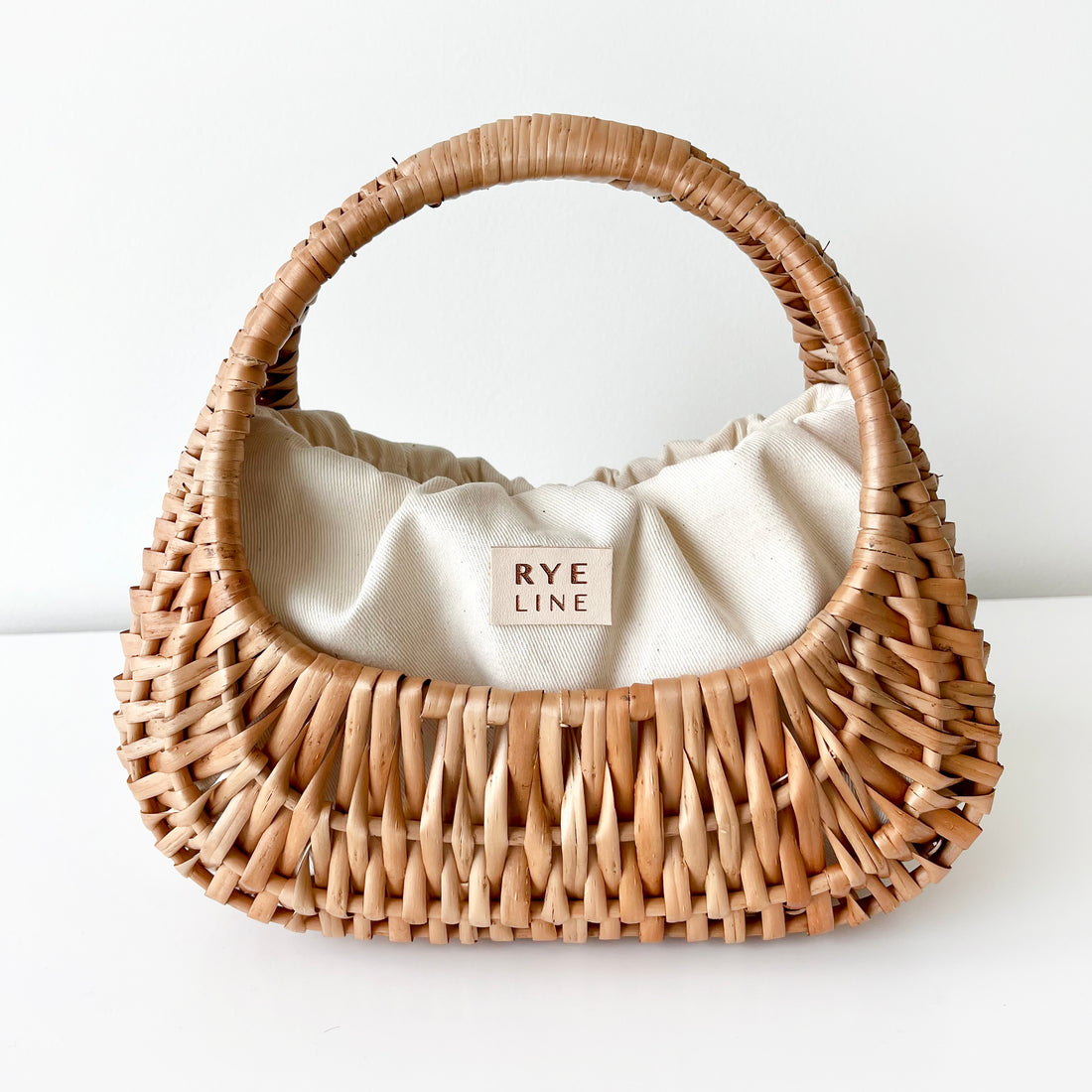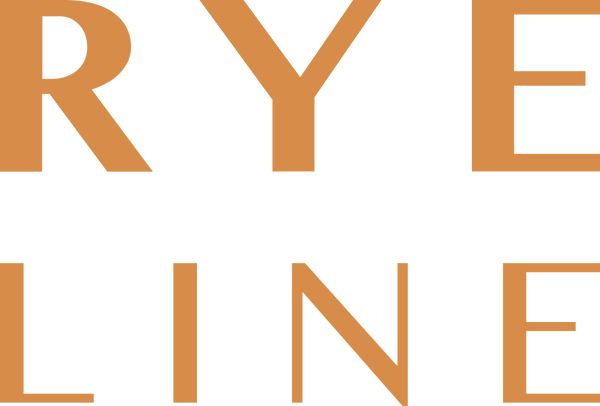What is Slow fashion?
Elsa Peixoto
Simply put, it is exactly what the name implies. Slow fashion is the opposite of fast fashion.
The brands that follow this movement believe in a future with greater awareness of fashion production and consumption. If we want to embrace sustainability and social responsibility, it is not enough to use organic or recycled materials. We have to get to the bottom of the problem, this is what slow fashion represents.
Starting with the materials, as important as their composition is their origin, to truly be a reference in sustainability it is necessary to look for materials of local origin and at fair prices, guaranteeing the saving of energy resources and avoiding sources of labor exploitation.
The production phase follows the same logic, developing the products in partnership with local producers, in the case of Rye, artisans from Barcelos. At this stage, slow fashion is also distinguished by its distance from mass production, we opt for small quantities, or, preferably, we make the product at the time of sale, avoiding excess stock and consequent waste.
Regarding design and creation, at Rye all products are designed by the designer, we follow trends, we work on inspiration, we never copy or disrespect the creations of others.
Another important factor is transparency in communication, promoting and appealing to consumer awareness, it is our task to pass on all the information possible. Not just about the harms of fast fashion, but above all about the social and environmental benefits of slow fashion, and what options we take to ensure compliance with this commitment.
The less positive side will be the financial one, following this path has an increased cost compared to brands that resort to mass production where working conditions are unacceptable.
Putting everything in the balance, is it better to have one piece that respects everyone and everything, or two that support bad practices in the textile sector? For us it's not even a question, the choice is obvious.
The brands that follow this movement believe in a future with greater awareness of fashion production and consumption. If we want to embrace sustainability and social responsibility, it is not enough to use organic or recycled materials. We have to get to the bottom of the problem, this is what slow fashion represents.
Starting with the materials, as important as their composition is their origin, to truly be a reference in sustainability it is necessary to look for materials of local origin and at fair prices, guaranteeing the saving of energy resources and avoiding sources of labor exploitation.
The production phase follows the same logic, developing the products in partnership with local producers, in the case of Rye, artisans from Barcelos. At this stage, slow fashion is also distinguished by its distance from mass production, we opt for small quantities, or, preferably, we make the product at the time of sale, avoiding excess stock and consequent waste.
Regarding design and creation, at Rye all products are designed by the designer, we follow trends, we work on inspiration, we never copy or disrespect the creations of others.
Another important factor is transparency in communication, promoting and appealing to consumer awareness, it is our task to pass on all the information possible. Not just about the harms of fast fashion, but above all about the social and environmental benefits of slow fashion, and what options we take to ensure compliance with this commitment.
The less positive side will be the financial one, following this path has an increased cost compared to brands that resort to mass production where working conditions are unacceptable.
Putting everything in the balance, is it better to have one piece that respects everyone and everything, or two that support bad practices in the textile sector? For us it's not even a question, the choice is obvious.
Share

